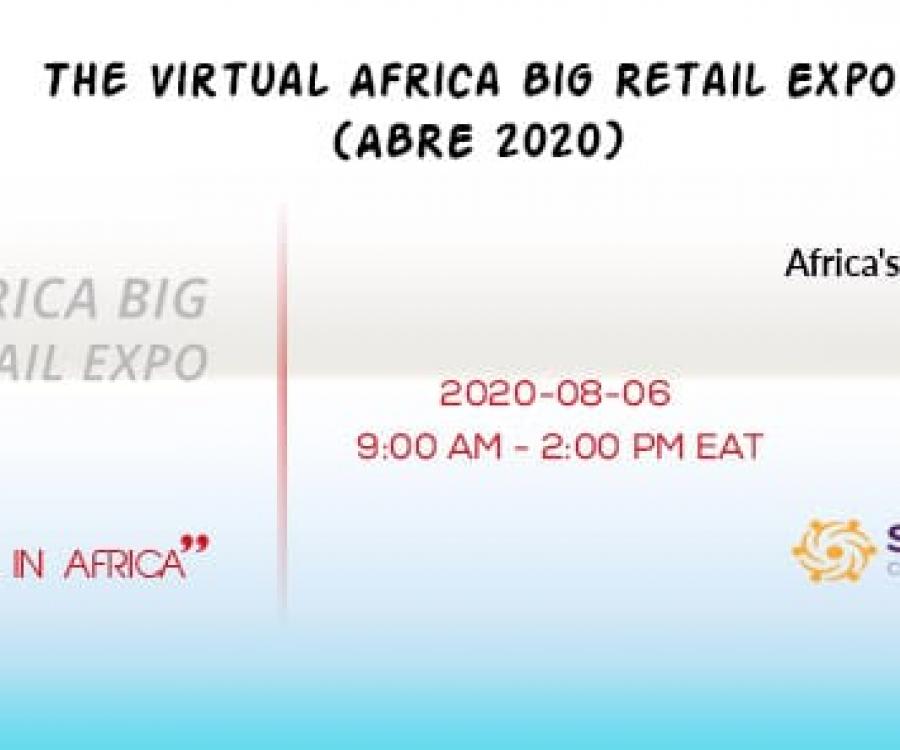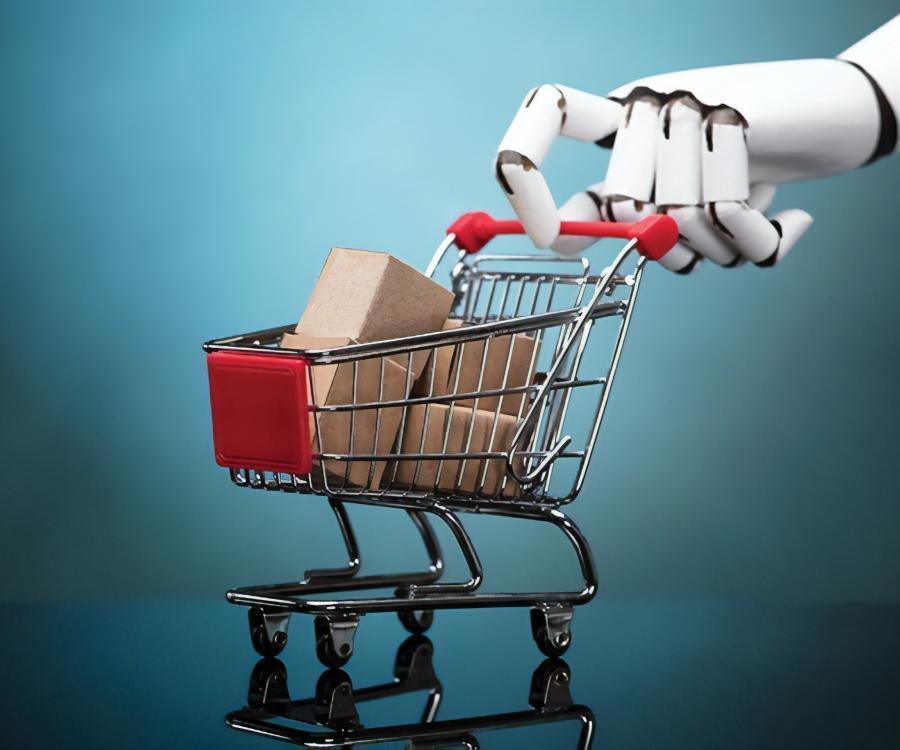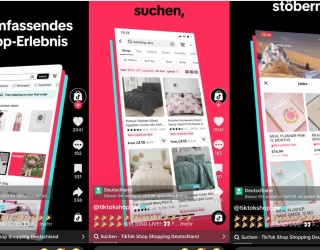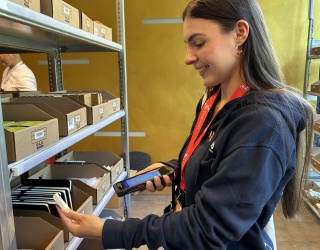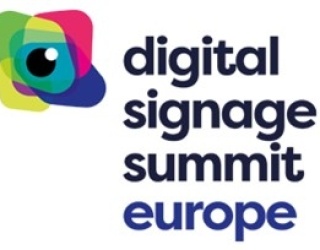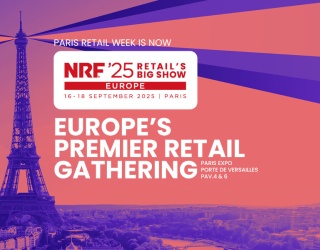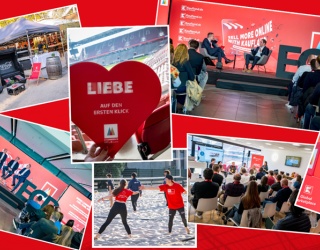No question – e-commerce is booming. But even in future there’s no reason for brick-and-mortar retail to quietly disappear from the scene in shame. Quite to the contrary - entrepreneurs and decision-makers should visit EuroShop at the Düsseldorf Exhibition Center from 16 – 20 February 2014.
The world’s largest trade fair for retail investment will present a veritable explosion of options helping conventional retailers continue to stand their ground against the competition, even in future – for example by beating the Internet at its own game, as new media, in particular, open up a spectacular array of possibilities for visual and emotional merchandising, customer approaches and customer retention. Halls 3 (EuroSales) and 6 (EuroCIS) will be the main staging areas for innovative digital in-store communication and shop window design solutions capable of doing many things at once: surprise, entertain, inform, inspire and/or guide customers and – something that’s also becoming increasingly significant in the multichannel era – link the online and offline worlds together.
“Multichannel retailing probably represents the most radical change retail has experienced since the establishment of self-service in the middle of the last century. The shopping experience at the POS is being re-interpreted: On the one hand, the sensory presence of objects entices consumers and gives them the opportunity to touch and try out the merchandise. On the other hand, screens, information terminals, the Internet and mobile smartphones offer fascinating opportunities in their own right. They offer an entirely new way of putting products into the spotlight and making them desirable and worth buying while introducing a completely new set of services into the sales process.
This synthesis of both worlds, the digital and the real, embodies the model for success for the retail sector of the future,” predicts Jürgen Berens von Rautenfeld, CEO of Online Software AG. The company will prominently feature the multichannel retailing and shelf communication themes at its EuroShop exhibit.
“Catch us if you can” – with those words a renowned fashion brand some time ago challenged passers-by at a store opening to a game involving a virtual butterfly swarm. The closer pedestrians would come to the shop window fitted with LED screens, the wilder these “symbols of spring” – colour-matched to current fashion trends as they were – would flutter. In the end they – accompanied by sound effects – revealed catwalk sequences featuring the current collection, and the message “See you inside” came into view. “Digital signage allows for unusual marketing strategies,” emphasises Klaus Lach, CEO and Vice-President of the European Visual Marketing Merchandising Association (VMM). He is convinced that “these new tools are a necessity in getting consumers’ attention. Nowadays the merchandiser should always check and see whether the deployment of digital design elements might be an option – keeping the needs of the target audience in mind.”
Yet another technological quantum leap
Digital signage done right, this much is certain by now, is more effective than posters and placards. Marc Doderer, COO of Echion Corporate Communication in Augsburg, believes that “static content barely gets through to the consumer anymore. Movement is simply a requirement for emotional imagery these days.” Regarding the upcoming EuroShop Marc Doderer says, “Even more so than already at the time of the last EuroShop three years ago, consumers have grown accustomed to moving-image media and rapid sources of information. The smartphone and tablet market has been a major contributing factor in that regard. Up-to-date information is available everywhere. Why should this be different on the sales floor? The same is true for the product range on offer. In a development driven by Internet players, customers today have gotten used to maximum selection and greatest possible availability of goods. We’re developing solutions to offset this supposed disadvantage of brick-and-mortar retailers.” Yet another quantum leap has also occurred in respect to technology: “After years of technology experiments and elaborate pilot projects at flagship stores, we’re now experiencing the implementation of rollout-ready systems,” according to the expert from Echion. Besides the additional know-how, there are many reasons why this breakthrough has happened: Even as they’re operated 24 hours a day, 7 days a week, installations run more and more safely, with less and less downtime. Furthermore, prices, e.g. for LCD and plasma screens, have dropped – which shortens pay-off periods.
From smartphone to remote control
“We can hardly wait to see the oversized video walls with Ultra HD resolution and Full HD 3D displays, which will turn digital signage into an even bigger experience,” says Stephanie Knies from netvico – architects of digital communication, as she talks about her expectations for the upcoming EuroShop event. At its trade fair exhibit, the company from Stuttgart will really hone in on the interactivity theme. “The name of the game going forward will be consumer involvement. Applications controlled by gestures and facial expressions – keyword Augmented Reality – are gaining ground in this area, as is interaction via smartphones or tablets.” Digital signage specialist dimedis also sees a clear trend “toward interactivity and customer activation. Interactive features such as our ‘kompas smart.remote’ smartphone control system, which effectively turns the mobile into a remote control, offer ideal shop application options. Using QR codes on monitors, viewers can control and select displayed content based on their interests. For example, they could view presentations for real estate or financing offers and submit requests to be contacted on monitors in shop windows at bank branches, even on the weekend or after hours. In addition such forms of individual control facilitate social media integration – another trend and a benefit offered by digital signage. It’s the perfect interface between social media and POS,” says a confident Patrick Schröder, responsible for digital signage at dimedis. In turn, as netvico points out, offers can be tailored to a company’s existing customers more and more accurately by analysing user behaviour and identifying customers or customer groups – for example by time of day, age, buyer type etc.
Perfect integration is important
However, it isn’t enough simply to put up a few screens or tablets. One important topical area at EuroShop will focus on “the perfect integration of display solutions with shopfitting elements in order to create a visually seamless transition between deployed technology and shop architecture. Among other items, frameless, transparent and ultra-thin displays will dominate this area in future, along with hardware design that can be adapted to the CI of the customer,” predicts Stephanie Knies from netvico. As early as 2011, the store construction company Kraiss stores – shops – systems caused quite a sensation with its still up-to-date back panel system “shift.” It combines low voltage, high voltage and data lines. Monitors, digital displays and product display units can be positioned freely both horizontally and vertically on the track. Plus, all common inventory control systems can be projected onto the “shift” wall via power line networking. This leads into the next important topic: “Controllable content is a fundamental demand coming from retail,” recognises Frank Schäufele, Sales Director Systems at Kraiss. That’s why the company works together with leading content software providers. Maria Pohlmann, responsible for sales and marketing at the specialist shopfitting company ppm Planung + Projekt Management knows this: “Many retailers don’t shy away from investment in new technologies but from permanent content management.” However, with the right software – and external service providers, if necessary – this isn’t a problem at all. “So-called point-to-multipoint technology is of interest to chain store companies. Using this information and communication tool, information is maintained from a centralised location and distributed via data transfers to various receiving locations within the shops. This makes it possible to update each outlet with both congruent and customised information,” says Klaus Lach from the VMM association in talking about the advantages. In general, being able to update and exchange content rapidly and the resulting optimised quality of information are big advantages of digital signage. Printing and logistics costs can be reduced compared to the use of conventional media such as posters and placards, which partially mitigates the generally higher acquisition, content management and electricity costs associated with the continuous operation of digital signage systems.
It’s evident that new media change the job specifications for visual merchandisers. “They’re turning into digital merchandisers,” says Frank Schäufele from Kraiss. Klaus Lach from the VMM association says, “First the former window dresser turned into the visual merchandiser when the product staging idea was expanded from the shop window to include the interior shop floor area. Then computers and new media necessitated yet another re-alignment.” Job-related IT applications are just as much a part of the training for the job of “visual marketing designer” as are graphics, layout and image-processing software. New business-related content aims to enable these future specialists to plan projects, prepare calculations and monitor success. Beyond that, VMM developed a new bachelor’s degree programme called “Retail Design” together with the University of Applied Sciences in the EuroShop city Düsseldorf. “Future graduates will be able to hold key retail positions at the intersection of shop design, visual marketing and communications strategy,” believes Klaus Lach, who together with VMM will provide information on this topic at EuroShop.
U.S. and Asia lead the way
It’s a EuroShop tradition – visitors hail from around the world. Experts confirm that digital signage is booming around the world. “Germany is actually only at the beginning when compared to other countries. The U.S., South Korea and Japan, for example, have a much greater degree of digitalisation of public spaces. The UK and France are the leaders in Europe,” says Patrick Schröder from dimedis. “Among cities, fashion metropolises such as Milan and London show early implementation and higher intensity when it comes to new digital signage systems in the retail sector,” observes Stephanie Knies from netvico. Marc Doderer from Echion confirms that “other countries are much more eager to experiment. Whatever people think will work is being rolled out quickly. Of course we can’t neglect individual media habits that are typical for various countries. Concepts from Asia in which LED boards encircle the entire shelf space showing moving image content are hard to imagine in this country where we think this is overkill.” Jürgen Berens von Rautenfeld from Online Software also sees international differences: „Installations in Germany, Austria and Switzerland are focused very strongly on lean processes, automation and integration with the existing IT infrastructure. At the same time, content is success-driven more than in other countries and is accompanied by professional controlling. Digital signage should direct people to the product. The emphasis on company core services and promotion of offers is prevalent. By contrast, digital media in countries such as the UK and Spain is seen more from a broadcasting perspective, i.e. intended purely for the entertainment of consumers. Storefitters don’t have any qualms using screens as new design elements for an even more beautiful and vibrant shop appearance. In Asia, digital signage is used to create multisensory experiences and is received extremely favourably by the population. Indeed, though, the background noise prevalent in shopping centres there takes some getting used to as far as Europeans are concerned.”
Whatever the preferences may be, “we aim to relieve retailers of the fear of becoming obsolete due to the competition from e-commerce,” says Maria Pohlmann from ppm Planung + Projekt Management. The storefitting company and the University of Applied Sciences Hochschule Niederrhein work together in a joint research project called “The future of brick-and-mortar retail.” They were quite impressive already at the previous event. Subsequently, the ppm stand at the Designer Village won Gold in the Adam Award. “We will once again link up the real world and the virtual world in a spectacular way as we attempt to be precisely that which stores with a physical presence also want to be – a visitor magnet,” says Maria Pohlmann in an intriguing reference to ppm’s next appearance and a visit of the EuroShop trade fair in general.

